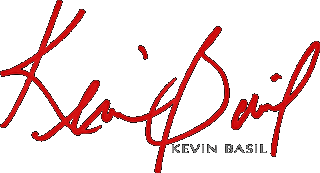On the Dogma of Creation
Warning: Undefined property: linknotes::$are_links in /var/www/vhosts/basil/kbsite/blog/wp-content/plugins/linknotes.php on line 73
Note: This series of articles has been compiled into a single article entitled “On the Dogma of Creation.” These articles remain in place for the sake of the conversations that occurred in the comments.
Note: This essay is already at 1295 words (according to wc), and I’m only getting started. However, if you’ve suffered through all the so-called “modernism” of this blog but wondered about my orthodoxy — if I’m still on your daily reading list, not to mention your blogroll — then this one is probably worth the effort. I’ll probably not convince you of my position, but at least you’ll know where I’m coming from.
In the beginning God created heaven and earth. God saw all he had made, and indeed it was very good. Gn 1.1,31a (NJB)
The doctrine of creation is that God created everything, both the visible worlds and the invisible, out of nothing. Without the continuing creative activity of God at every moment, the cosmos would not be; it would be naught. Speaking of the Logos-Word of God, holy John the Theologian writes, “Through him all things came into being, not one thing came into being except through him.” (Jn 1.3 [NJB])
Moreover, the creation is good because it is created by God, who is the author of good. He is, himself, good and goodness, light and life, and so the work of his hands is innately good for that very reason.
God creates the cosmos out of nothing, and it is very good. That is the essential dogma of creation.
How, then, do we interpret the initial chapters of Genesis, with their wonderful stories of creation and fall?
Read the rest of “On the Dogma of Creation”
